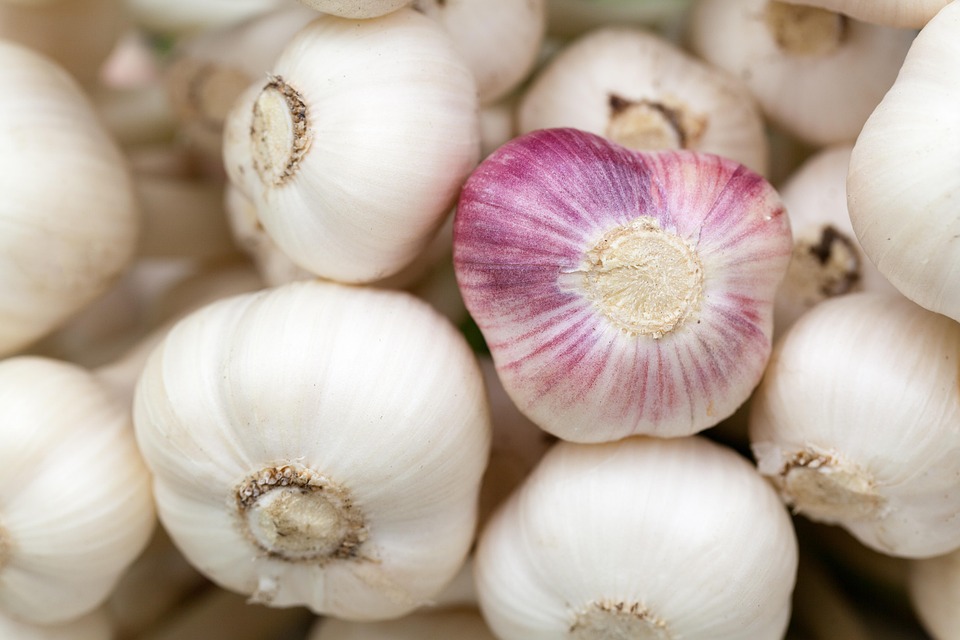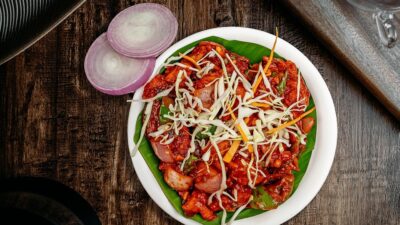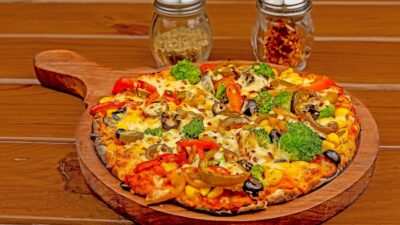In today’s visually driven world, where social media platforms are flooded with aesthetics, food photography has emerged as an art form that captivates and delights. Behind every mouthwatering food photo lies meticulous planning, creativity, and an understanding of how to make food look as delectable as it tastes. Join us as we dive into the world of food photography, exploring the essential elements that contribute to those irresistible images you see on your screens.
1. The Concept and Planning
Every great food photo begins with an idea. Whether it’s a rustic pie baked fresh from the oven or a vibrant smoothie bowl, the initial concept sets the stage for the entire shoot. Food stylists and photographers collaborate closely to decide on the mood, color palette, and overall theme. This involves researching trends, identifying the key ingredients, and sometimes even brainstorming storylines that enhance the visual narrative.
2. The Importance of Light
Lighting is one of the most crucial components of food photography. Natural light is often preferred for its soft and flattering qualities. Photographers scout locations with ample daylight or use diffusers and reflectors to manipulate light. The golden hour—shortly after sunrise or before sunset—is particularly prized for its warm and inviting glow.
Artificial lights can also be used, especially when shooting indoors or in low-light situations. Filming at specific angles can help control shadows and highlights, contributing to the overall mood of the shot.
3. Styling the Food
Once the concept is set and the light is perfect, it’s time for food styling. This is where the true artistry comes in. Food stylists use various techniques to make dishes look not only appetizing but also visually appealing. Here are a few strategies they employ:
-
Textures and Layers: Adding different textures—like crunchy nuts or creamy sauces—creates visual interest. Layering ingredients can help build a story, such as a sandwich that shows off its tasty fillings.
-
Color Coordination: A harmonious color palette that’s pleasing to the eye can elevate the dish. Complementary colors enhance appeal; for instance, a bright green salad on a white plate creates a striking contrast.
- Garnishing: Fresh herbs, drizzles of sauce, or a sprinkle of spice can make a dish pop. Stylists know just how to add these final touches to elevate a dish from ordinary to Instagram-worthy.
4. The Equipment
While a fancy camera can enhance image quality, great food photography isn’t solely about expensive gear. Many food photographers start with DSLRs, but mirrorless cameras are gaining popularity due to their lightweight and compact design. Lenses play a vital role, too—macro lenses help capture intricate details, while wide-angle lenses can showcase an entire table spread.
Tripods are essential for stability, especially in low-light conditions, while reflectors and diffusers help control lighting. Some photographers also use props, backdrops, and surfaces to create a specific aesthetic.
5. Composition Techniques
Once everything is set, composition comes into play. Photographers often employ the "Rule of Thirds," where the image is divided into thirds both horizontally and vertically, guiding the viewer’s eye to focal points. Leading lines, negative space, and symmetry are other techniques used to create depth and balance in food imagery.
Additionally, capturing the food in its natural state—like an action shot of pouring syrup or a slice of cake being served—adds an element of storytelling that engages audiences.
6. Editing and Final Touches
After the shoot, the magic continues in post-production. Editing software like Adobe Lightroom and Photoshop allows photographers to polish their images, enhancing colors, adjusting brightness and contrast, and sometimes even removing distractions. The goal is to stay true to the food’s essence while making it as appealing as possible.
7. Real-Life Application
In the fast-paced world of food blogging and online marketing, an irresistible food photo can be the difference between an engaged audience and no clicks at all. Restaurants and food brands invest in high-quality food photography to showcase their menus and connect with customers. A significant portion of food marketing now revolves around the visual appeal, making food photographers invaluable assets.
Conclusion
Behind the captivating food photos that tempt our taste buds lies a blend of artistry, science, and a passion for the culinary world. From planning and styling to lighting and editing, each step contributes to creating mouthwatering images that resonate with viewers. As social media continues to evolve, the demand for stunning food photography will remain, ensuring that this art form thrives for years to come. Next time you scroll through your feed, take a moment to appreciate the finely crafted world behind those irresistible food photos!



